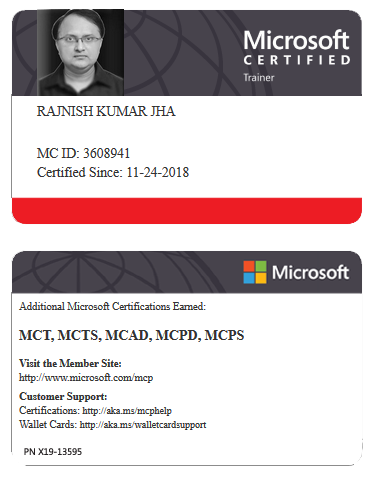Describing Lifecycle Hooks in Azure DevOps multi-stage YAML
Lifecycle hooks in Azure DevOps allow you to define specific actions at key stages of a pipeline execution. These hooks help manage different tasks such as setup, deployment, routing, and recovery based on the success or failure of previous steps.
Lifecycle Hooks Breakdown
preDeploy: Executes tasks before deployment starts.deploy: Executes tasks during the deployment process.routeTraffic: Routes traffic to the new version after deployment.postRouteTraffic: Executes tasks after routing traffic, such as validation or testing.Conditions:
on: failureoron: successto run tasks based on the success or failure of the previous step.
Example Multi-stage YAML with Lifecycle Hooks
xxxxxxxxxx311stages2stageBuild3 jobs4jobBuildJob5 steps6scriptecho "Building..."7stageDeploy8 dependsOnBuild9 jobs10jobDeployJob11 steps12scriptecho "Deploying..."13 hooks14preDeploy15scriptecho "Setting up for deployment..."16deploy17scriptecho "Deploying updates..."18routeTraffic19scriptecho "Routing traffic to new version..."20postRouteTraffic21scriptecho "Validating deployment..."22onfailure23scriptecho "Rolling back deployment..."24onsuccess25scriptecho "Deployment successful, sending notifications..."26stageProduction27 dependsOnDeploy28 jobs29jobProductionDeployJob30 steps31scriptecho "Deploying to Production..."Explanation of Lifecycle Hooks
preDeploy: Executes before deployment starts, typically for setting up prerequisites or validating configurations.deploy: Executes tasks related to the actual deployment process (e.g., applying updates, configurations).routeTraffic: Routes traffic to the newly deployed version once the deployment is completed.postRouteTraffic: Executes after routing traffic, often for testing or validating the deployment.on: failure: Runs tasks such as rollback or error recovery in case of a failure.on: success: Runs tasks for post-deployment activities, like sending notifications or logging success metrics.
Detailed Breakdown
preDeploy:Used to initialize setup before deployment starts.
xxxxxxxxxx31hooks2preDeploy3scriptecho "Setting up for deployment..."deploy:Main deployment task that applies changes.
xxxxxxxxxx31hooks2deploy3scriptecho "Deploying updates..."routeTraffic:Directs user traffic to the new deployment after updates are applied.
xxxxxxxxxx31hooks2routeTraffic3scriptecho "Routing traffic to new version..."postRouteTraffic:Executes validation or testing after traffic has been shifted.
xxxxxxxxxx31hooks2postRouteTraffic3scriptecho "Validating deployment..."on: failure:Executes recovery or rollback tasks if deployment fails.
xxxxxxxxxx31hooks2onfailure3scriptecho "Rolling back deployment..."on: success:Executes tasks on successful completion of deployment.
xxxxxxxxxx31hooks2onsuccess3scriptecho "Deployment successful, sending notifications..."
Use Case Scenarios:
Sequential Deployment: Ensure each lifecycle hook runs in order to manage deployment, routing, and validation.
Conditional Rollbacks: Use
on: failureto handle cases where deployment fails and automatically initiate a rollback.Success Post-Deployment: Utilize
on: successto perform actions such as sending notifications, capturing analytics, or further integrating with other services.
Summary
By using lifecycle hooks, you can have a well-defined and automated pipeline, ensuring smooth transitions and handling of deployments in Azure DevOps. Write back in comments and let me know if you’d like more details on a specific hook or scenario.






















Leave a Reply